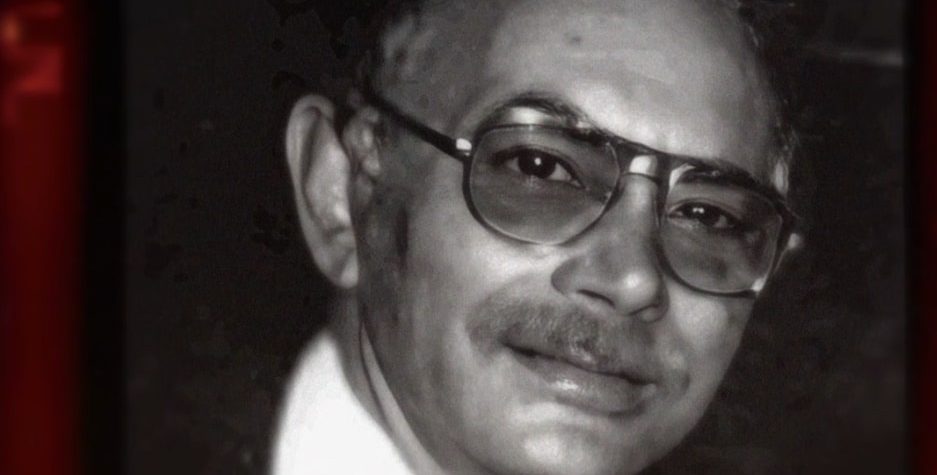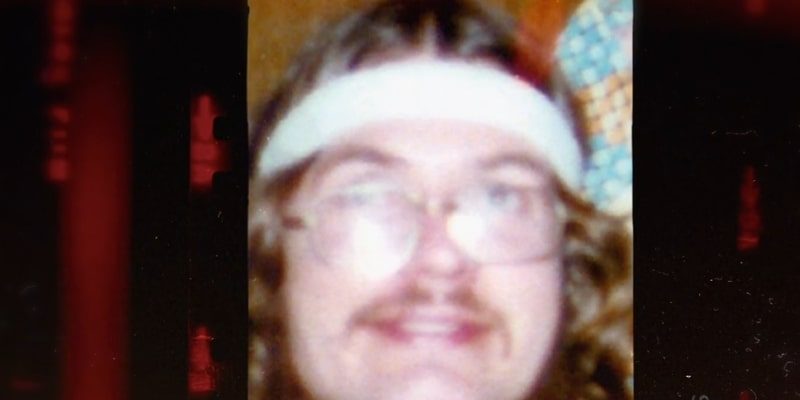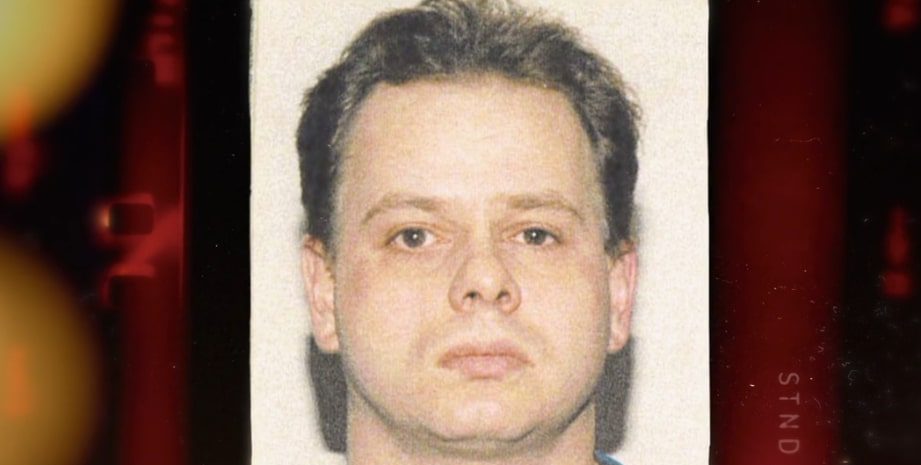In March 1994, Dayton, Ohio, police responded to reports of a double homicide. Upon arriving at Sloopy’s bar, they discovered Robert Knapke and Frank Ferrara, who were both employees, dead in a pool of blood. Not long after, the media received a letter that described the murders in detail, and the investigators believed that it had been sent by the perpetrator. However, authorities suspected the letter was an attempt to throw them off track. The case is revisited in ID’s ‘Homicide Hunter: American Detective’ episode titled ‘A Letter From Hell.’ It explores the events surrounding the murders and the eventual capture of the killer.
Robert Knapke and Frank Ferraro Were Found Dead in Their Workplace
Frank C. Ferraro was born in 1929 to Margaret Longo and Charles Ferraro, and he grew up in a home grounded in strong morals, hard work, and family values. These early teachings shaped the way he lived his life and how he treated others. When he married Grace Ferraro, he brought those values into their marriage, working hard to build a stable, loving home. The couple eventually settled in Dayton, Ohio, where they laid down roots and began a life together. Frank found work at Sloopy’s, a well-known and busy local bar. Over the years, he proved himself to be a loyal and trustworthy employee, gaining the respect and confidence of the bar owner. His reliability was such that he was given the responsibility of handling the bar’s finances, including the important job of depositing the earnings at the bank.

On April 24, 1955, Margaret Ann and Bernard Knapke welcomed their son, Robert E. Knapke. He grew up in Dayton, Ohio, and was quite close to his younger brother, Jim Knapke. That sibling connection remained strong throughout their lives. Robert was well-known around the community for his helpful nature and could often be seen assisting with small jobs around town. He eventually found work at Sloopy’s, where he handled various support tasks and earned a reputation as a dependable and kind presence. On the morning of March 19, 1994, Frank said goodbye to his wife as he headed out to work around 5 am. That was the last time she saw him. When he failed to return home, she made her way to the bar around 6 pm, hoping to find him.

That’s when Grace Ferraro walked into a nightmare. She discovered Robert lying in a pool of blood near the back door. She ventured further inside and found her husband, Frank, near the restroom—also lifeless and soaked in blood. In a panic, she called the police. When officers arrived on the scene, they confirmed that both men were dead. The coroner’s autopsy report revealed that both Robert and Frank had died from blunt-force trauma to the head. Frank had suffered 18 blows from a heavy object, while Robert had been struck 19 times. The brutal nature of the crime shocked investigators and the community alike, and police quickly launched a full-scale investigation.
The Killer Claimed His Actions Were Racially Motivated
Given the sheer brutality of the attack, investigators initially believed the murders may have been driven by personal motives. However, a quick sweep of the crime scene began to suggest otherwise. During the search, officers discovered Frank’s wallet, which was discarded behind the toilet. They also noticed that a safe and a two-wheeled dolly were missing from the bar. In addition, the cigarette vending machine on the premises had been broken into, and a bloodied hammer was also found. It was determined to be the murder weapon. These signs pointed more toward a robbery gone wrong. Detectives theorized that the killer likely had some knowledge of the bar’s inner workings. Based on the timeline and the usual routine, authorities believed the murders took place between 10 and 11 am, just before Frank typically left to make the daily deposit.

A few weeks into the investigation, the police made a breakthrough when they recovered the missing safe. It was immediately sent for forensic analysis, and though no fingerprints were found, a small smudge of red paint was discovered on its surface. Around the same time, a local media outlet received a letter. The anonymous writer confessed to the murders and claimed they had been racially motivated. Given that a Ku Klux Klan march had taken place in town that same day, which also coincided with St. Patrick’s Day weekend, the police initially considered the possibility that the crimes were connected to racial tensions. However, as they continued to dig deeper, no other evidence supported this theory. Eventually, investigators came to believe that the letter was merely an attempt to mislead them.
Robert Knapke and Frank Ferraro Lost Their Lives During a Robbery Attempt
Not long after the investigation had stalled, the police received an anonymous tip pointing them toward a man named Edmund Earl Emerick III. He was a local resident who had previously worked as a manager at TB Hopkins, a bar near Sloopy’s. As officers began asking around, several people described him as having a volatile temper and a history of aggressive behavior. A background check revealed that Edmund had two outstanding warrants—one for a traffic violation and another for assault. With this information, authorities headed to his home on Hickory Street in Dayton, Ohio, to question him. When confronted, Edmund claimed he had been with his father during the entire timeframe.

The police, though initially without enough evidence to detain Edmund, soon returned to question his father separately. It was during this second visit that they learned that his father had been diagnosed with dementia. His recollection of events and confirmation of Edmund’s alibi were unreliable. With that revelation, the police secured a search warrant for the latter’s home and vehicle. During the search, officers noticed a scratch on the trunk of his red car. Forensic analysis revealed that the red paint on the recovered safe matched the paint from his vehicle.
Investigators also discovered that Edmund had been struggling financially and was under pressure from several loans. Given his previous managerial experience at a nearby bar, police theorized that he was familiar with Sloopy’s operations and knew when money was typically deposited. Believing he would find cash on-site, he allegedly entered the bar that morning intending to steal and then killed the co-workers. The police theorized that Edmund transported the safe where it had scratched the paint, leaving behind the only physical trace that would eventually tie him to the crime. On June 3, 1994, police officially arrested Edmund.
Edmund Emerick is in Prison Today

In January 1996, Edmund Emerick’s trial commenced, and within a few days, he was found guilty of one count of aggravated robbery and two counts of aggravated murder. The court sentenced him to two consecutive life terms, with no possibility of parole for 30 years on each count. The following year, in 1997, his conviction was upheld by the appeals court. In October 2005, Emerick filed a new motion requesting DNA testing on some of the evidence collected from the crime scene. However, that request was denied in February 2006. Emerick is currently incarcerated at the Southern Ohio Correctional Facility in Scioto County, Ohio. Now 61 years old, he won’t be eligible for parole until April 2061.
Read More: Meshawna Jones and Markey Goff Murders: Where Are Jacky Mayfield and Rebecca Williams Now?


